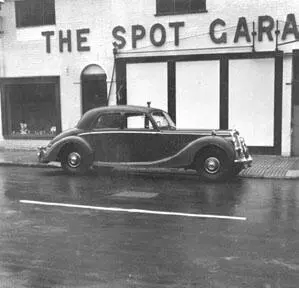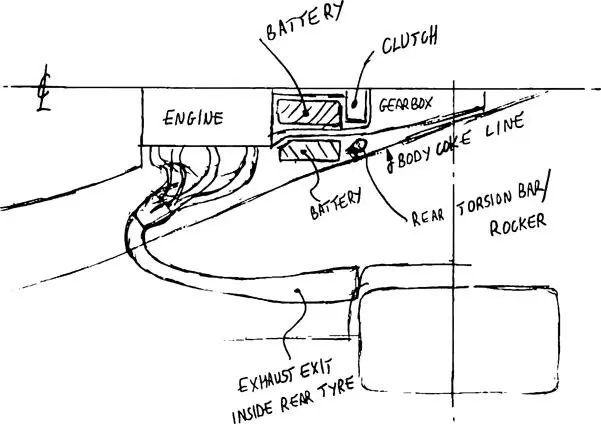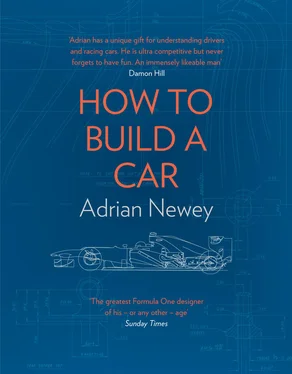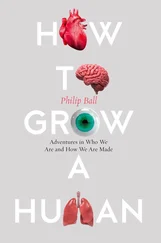It’s a process that seems to come naturally to me, I guess because I effectively started at an early age, and I had an excellent mentor in my father.
Fittingly, it was a combination of Dad’s need to think outside the box, his love of cars and a compulsion to tinker that led to one of my earliest memories: five years old, looking out of the landing window – to see smoke billowing from the windows of the garage below.
Our garage at that time was an annex to the main house, an Aladdin’s cave for a five-year-old. Dad would spend hours in there, working on cars and dreaming up solutions to problems.
For instance: how do you thoroughly creosote fence posts? The world at large would knuckle down to giving them a second coat. My dad, on the other hand, had a better idea. He cut the ends off several empty tins of Castrol GTX before soldering them together to make one long tube. Into that went the posts, then the creosote. It was, or should have been, an easy and efficient way to creosote the fence posts. Mad, but ingenious, like the elaborate, custom-fitted boxes he built to store veterinary equipment in the boot of his cars, or the gardening equipment he made; or the fact that he used to prepare for camping trips to the Brecon Beacons or Scotland by dedicating a bedroom to the endeavour for a month in advance, taking a pair of scales in there and weighing everything obsessively, even going so far as to cut the handle off a toothbrush. He had an eye for detail, which is another characteristic that’s rubbed off on me. I wouldn’t say I was tidy – it was a standing joke in our family that my father and I were as messy as each other – but when it comes to the research and design of racing cars, attention to every little detail is imperative.
Chief among Dad’s many quirks was a disregard for most things health-and-safety, which brings me back to his revolutionary method for creosoting fence posts. What he’d failed to take into account when he left his contraption to marinade in the garage was the paraffin heaters he used to stop the sumps freezing on his Riley RMF (registration VCD 256 – a very pretty car, I loved it), and his red Saab 2 Stroke (a car I despised for the disgusting noise it made).

The Riley that suffered when the garage caught fire.
And you can guess what happened. Left upright, the fence posts had fallen over, the creosote met the paraffin and boom .
I had two thoughts on seeing the flames. I’m not sure in which order they came but, for the record, let’s say they were: (1) I must alert my parents and the fire brigade, and (2) I hope the Saab is destroyed, not the Riley.
With objective number one achieved we ran out to try and extinguish the flames, before – very exciting – the fire brigade arrived, and we were told to stand at a safe distance and let the professionals do their job. I was concerned about the damage, of course, but also in that rather nice position of knowing I wasn’t responsible.
However, Murphy’s Law prevailed; it was the Riley that was damaged, not the Saab.
I have a driver who ferries me to and from work. If that sounds terribly flash, I apologise, but it’s an arrangement born out of practicality, because as well as giving me the chance to go over emails (I have them printed out for me, which I know is not very green but it allows me to scribble and make notes more easily on them), it affords me valuable extra thinking time. My thoughts naturally default to shape and form, problems and solutions, and I can easily be lost in them. Many were the times I’d arrive late, having taken a wrong turn or missed my junction, deep in thought. So now, for reasons of effective time management and a desire for punctuality, I have a driver.
My office at Red Bull in Milton Keynes overlooks the car park and is at one corner of the main engineering office, home to some 200 engineers. I try to keep meetings and administrative duties to a minimum, so that most of my working day is spent at my drawing board, where I’ll work on next year’s car or refinements to the current model. Whatever I’m working on, it’s always with the same aim, the one defining goal of my entire career: to increase the performance of the car.
Computer-aided design (CAD) systems weren’t around when I began in the industry, and although most, if not all, of my colleagues have long since converted, I’ve stuck with my drawing board. Call me a dinosaur, but I think of it as my first language; for me it represents a state of continuity and I like continuity; it’s something I strive for. If I were to convert to CAD I’d have to learn something new, and not only is there a time penalty to doing that, but there’s the question of whether I’d be as fluent in my new language as I was in my old.
Besides, what I value about the drawing board is that you can have everything at scale in front of you, whereas on a CAD system you’re limited by the size of the monitor. I also like the fact that I can sketch freeform and change it quickly. It’s an illustration of how fast I can work that when I’m flat-out I keep at least two people occupied taking my paper drawings and turning them into CAD drawings. And these are just the ones I think are worth transcribing. It’s usually taken several iterations to get to that point; my consumption of erasers is only just behind my consumption of pencil lead.
I’m happiest when working on a big regulation change. Drawing the RB7, the 2011 car, was just such a time: an overhaul that included the incorporation of the KERS system (it stands for ‘kinetic energy recovery system’), which stores energy in a battery under braking and then releases it during acceleration.
Other designers were saying that the best place to put the battery was under the fuel tank: it’s nice and central, it’s in a relatively cool location and it’s easy to connect from a wiring point of view. But aerodynamically, I wanted to get the engine as far forward in the chassis as possible so as to allow a very tight rear end to the bodywork, and the best way to achieve that was to take the heavy KERS battery and put it near the back of the car, which in turn would allow the engine to be moved forward to keep the weight distribution balanced. My suggestion was that we put the battery behind the engine, in front of the gearbox.

Figure 1:Placement of the KERS system in the RB7.
Initially I proposed this to Rob Marshall, our chief designer. His reaction was a deep breath. You want to take the batteries, which we know are a difficult thing to manage, very sensitive to vibration, prone to shorting out, sensitive to temperature – you want to take these and put them between the engine and the gearbox, one of the most hostile environments on the car? Really?
I was insistent. I said, ‘Look, Rob, I’m sorry, and I know it’s difficult, but not only does putting them in this location give us a good advantage, but it’s an advantage we’ll have locked in, because it’ll be impossible for a team to copy that within a season, it’s such a fundamental part of the architecture of the car.’
So Rob went away and started talking to his engineers in the design office, and came back and said, ‘No, everybody agrees, it’s just not possible, we can’t do it.’
My feeling was that it ought to be possible, so I drew some layouts that split the battery into four units, two mounted inside the gearbox case just in front of the clutch and two mounted alongside but on the outside of the gearbox case. I drew some ducting to put the batteries into their own little compartments with cold air blowing over them in addition to the water-cooling they have anyway.
Читать дальше














